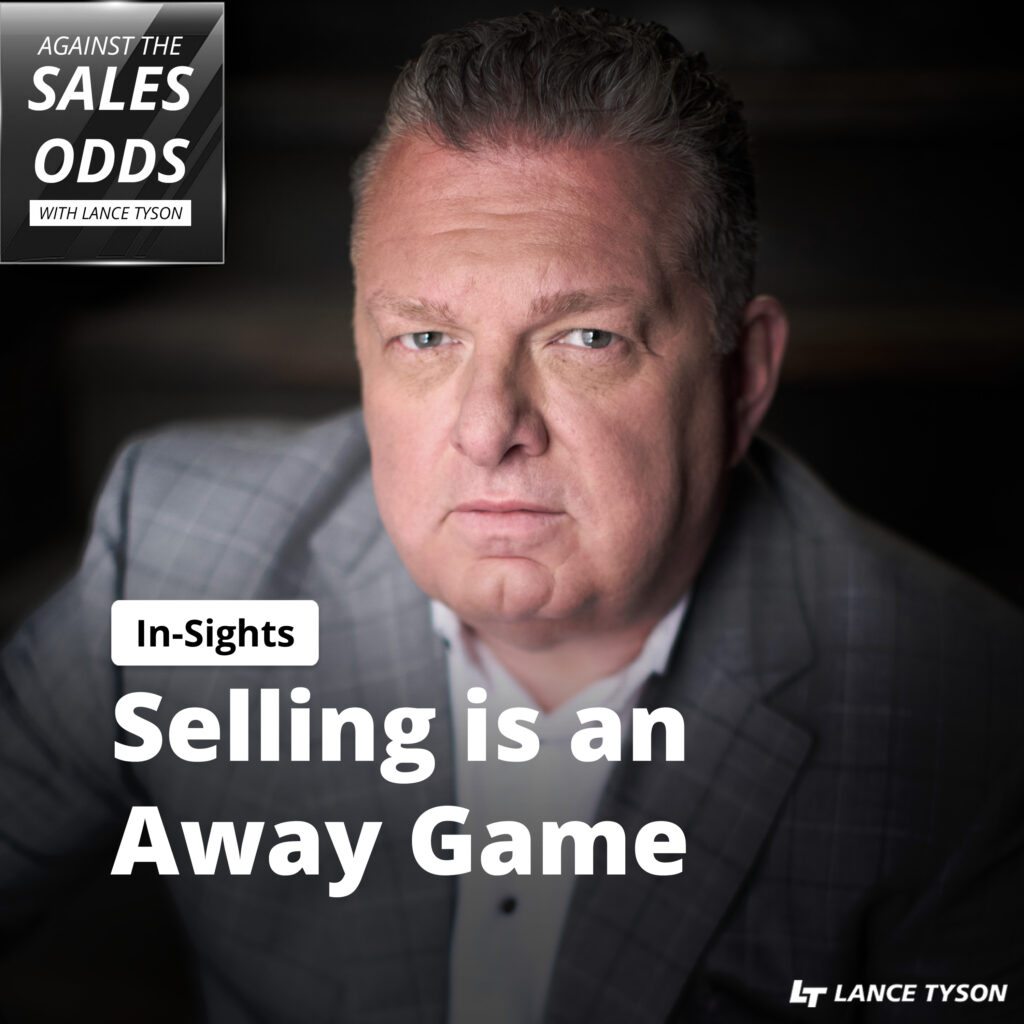When thinking about Black Friday, your mind probably wanders to long retail lines and slashed prices on consumer goods and services. Not Business to Business sales. But there is a lot we can learn in professional sales from watching the trends we see with consumers and the way retailers are adapting.
Black Friday has been around since the late 19 century, and for the majority of that time it did not change much.It’s been a one day, brick and mortar event. Shoppers get up early the day after Thanksgiving to bear the rush and save big!
But over the last few years we have begun to see a shift.
Through the rest of this post we will explore how consumers are making buying decisions, what retailers have had to do to adjust, and what that means for the professional sales environment.
Business and Sales are being done online
In 2015, Thanksgiving night saw 41M people in the U.S. shop online — versus 34.6M in stores. On Black Friday, it was 75.3M online and 74.6M in stores. Each year, more people are skipping the lines to stay home and do their shopping online. A lot of this is fairly logical. If you can sit with your family on Thanksgiving, grab your laptop, and buy a Kindle Fire for $35, most people would do that as opposed to drive to Best Buy and get the Kindle Fire there.
As a result, you’ve seen concepts like Cyber Monday — the Monday after Thanksgiving — become popular in the past 2-3 years.
What does this mean for professional sales? We’ll get into more specific advice later in this article, but first — be online. Connect with prospects on social media, reach out via email or LinkedIn, send potential clients an article or white paper your marketing team put together. Identify how your clients want to be communicated with and adjust your process. Be present where your prospects are present! But remember, sending isn’t selling and social media should not be the only way you are reaching out.
Buyers have more info prior to a sale
So we know people are buying online for the convenience factor. But this also gives the consumer an interesting advantage over retailers and professional sales teams alike. Consumers have more information that they used to before making a buying decision.
So what do retailers do? More than a week before Black Friday, Amazon unveiled a list of Black Friday deals, including reducing the price of some Barbies, Hot Wheels, and Fisher Price toys by 50%. You’re seeing this more and more. Rather than unveiling prices day of, retailers are educating their consumers on price and product information.
In professional sales we need to the same. You need to understand how much info your buyers have — and you need to be a knowledge source for them, as opposed to withholding information. It’s all about continual feedback loops, adjusting on the spot, and making sure you are playing chess, not checkers.
Buyers Also Take Longer to Make Sales Decisions
So we know that consumers are doing more research online, and that they are fueled with more information than they used to be. What else does this mean? Buyers are taking much longer to make decisions than they used to.
This is why retailers are starting to shift to week-long doorbuster sales; part of it is because they want to keep the momentum and revenue going, but part is because they know people in there on Thursday night might not be ready to make all their decisions.
How to deal? The easiest way is to understand your prospects’ timetable — which you can do by simply asking them — and creating artificial timelines by challenging their status quo. With most prospects, there’s a real timeline and a created timeline. The closer you can move to understanding the real timeline the better position you’re in to make the sale.
Everything is becoming more competitive
The factors mentioned above have done one major thing. It has empowered the consumer, which is a good thing. But this has made the retail market much more competitive.
The growth of mobile and digital did two important things: it removed the distance element that traditionally gave more power to retailers but it also made it insanely easy to reach a maximum amount of potential customers.
The ever-shifting nature of Black Friday is an example of how retailers have had to adjust. You constantly see prices being cut and incentives being added so that one retailer can become “the one” who captures the most purchases. Retailers have had to adapt due to the competitive nature.
Professional sales have become just as competitive, if not more competitive than the retail space. 15-20 years ago, most of B2B sales were happening in America and mostly at the local level. That’s not true anymore. Not only are we competing nationwide for business, but it’s a legit global playing field out there.
How do you handle this? Assess the situation and adapt to your customers’ needs. Change your approach on the spot if you need to. The sales process is longer, yes, but the longer and longer you let a prospect stretch, the more additional options they might be considering. The competition is everywhere.
So what are the major sales lessons we can take away from this?
Tip 1: Know what you are doing online and how it fits in the sales cycle. Are you conducting the whole transaction or just prospecting?
Tip 2: Take the temperature of the buyer. Provide information they need and don’t push information they already have.
Tip 3: Always adjust for sales cycle times.
Tip 4: Play to win!




